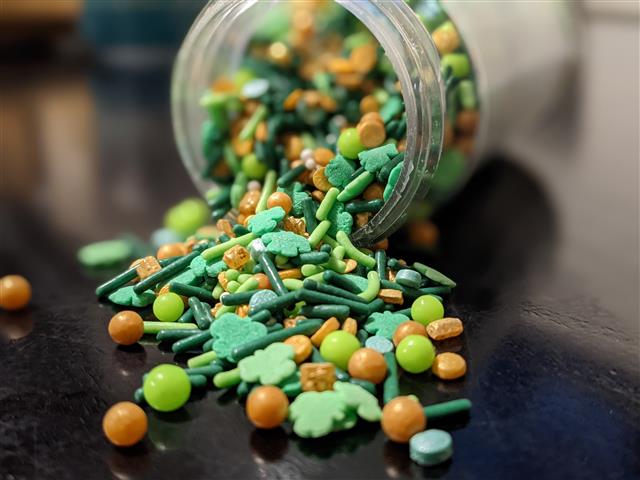< h2 style=” border: 0px; font-variant-numeric: acquire; font-variant-east-asian: acquire; font-weight: acquire; font-stretch: inherit; line-height: 27px; font-family: “NeutraText Strong”; font-size: 1.5 rem; margin-right: 0px; margin-bottom: 0px; margin-left: 0px; extra padding: 18px 0px 12px; vertical-align: baseline; shade: rgb (0, 0, 0);” > Just how to taste coffee notes< p design= “boundary: 0px; font-variant-numeric: inherit; font-variant-east-asian: inherit; font-stretch: acquire; line-height: 24px; font-family:” NeutraText Publication”; font-size: 18px; margin-right: 0px; margin-bottom: 0px; margin-left: 0px; extra padding: 0px 0px 18px; vertical-align: baseline;” > According to the cupping procedure, warm water is put onto freshly baked as well as ground beans directly into the mug and allowed to high for 3– 5 minutes. The mixture is after that blended and also the sudsy head removed.< p style=” boundary: 0px; font-variant-numeric: acquire; font-variant-east-asian: inherit; font-stretch: acquire; line-height: 24px; font-family:” NeutraText Publication”; font-size: 18px; margin-right: 0px; margin-bottom: 0px; margin-left: 0px; extra padding: 0px 0px 18px; vertical-align: baseline;” > The coffee will certainly need to cool down before sampling in order to avoid shedding your tongue and also to allow the flavours to emerge. Two spoons are made use of, one going in the cup as well as the other in the mouth. A Q tastes 200– 300 mugs of coffee during a day, so spewing out is a must.< p style=” border: 0px; font-variant-numeric: acquire; font-variant-east-asian: inherit; font-stretch: acquire; line-height: 24px; font-family:” NeutraText Publication”; font-size: 18px; margin-right: 0px; margin-bottom: 0px; margin-left: 0px; cushioning: 0px 0px 18px; vertical-align: standard;” > Along with being a quality assurance method, cupping is a superb way to increase your understanding concerning coffee. Sampling aids you learn how to determine distinctions in between cultivars “and native lands.< p style=” border: 0px; font-variant-numeric: inherit; font-variant-east-asian: acquire; font-stretch: acquire; line-height: 24px; font-family:” NeutraText Book”; font-size: 18px; margin-right: 0px; margin-bottom: 0px; margin-left: 0px; padding: 0px 0px 18px; vertical-align: standard;” > In the beginning it is an excellent concept to explore the subtleties by focusing on whether the coffee tastes nutty or chocolaty or whether it has notes of berries or fruit.
Once you start having the ability to determine flavours, you can start thinking which berry or fruit it could be.< p design=”border: 0px; font-variant-numeric: acquire; font-variant-east-asian: inherit; font-stretch: acquire; line-height: 24px; font-family: “NeutraText Book”; font-size: 18px; margin-right: 0px; margin-bottom: 0px; margin-left: 0px; extra padding: 0px 0px 18px; vertical-align: baseline;” > Similar to with a glass of wine, you can discover endless flavour notes to coffee as each harvest is different. Flavour is straight affected by weather condition and elevation, but the most crucial functions are played by the soil and the cultivar. Kenyan arabica is acidic and also with notes of blackcurrant, while Ethiopian cultivars are floral as well as fragile. After selecting, the flavour of coffee is affected by processing, transport, toasting, grinding, developing equipment along with the water utilized.

